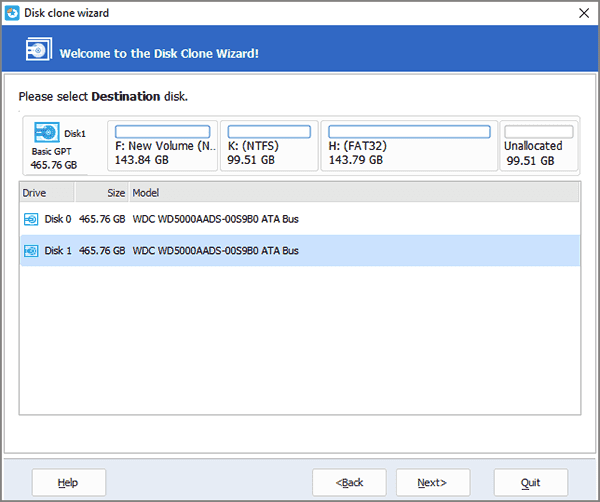

This is a preferred method for preparing a machine for sale, or to pass it from one user to another. Passing a computer to another user: By restoring an image created before a user logs into the system for the first time, a computer can be restored to its factory default (or first boot-up) state.A high-speed cloning setup cranks out copies of a reference image for the target PC on individual drives that, when inserted into a PC, are ready to be turned on and run for their new owners. Provisioning new computers: This is how computer makers like Acer, Dell, HP and others send desktop, notebook and tablet PCs out the door.Here, the image created to make a clone is actually used to rebuild the original disk. This is a common technique for completely removing virus or malware infections, for example. System wipe and restore: Sometimes, it makes sense simply to blow away the contents of a disk and replace it with a pristine, clean copy of the OS and applications.Full system backup: Cloning one drive to an identical device creates an easy, drop-in replacement for the original if it becomes damaged, corrupted or otherwise unusable.Storage device upgrade: Moving the contents of an older disk to a newer one, usually for improved performance, increased capacity, or both.In fact, it’s still often the case that the source is an HD and the target an SSD when a boot/system disk is the focus for cloning, because of the improved performance that such a changeover invariably delivers.Ī cloning operation usually proceeds in one of two ways: But today, with solid-state disks (SSDs) as common as hard disks (HDs), this can mean copying the contents of one storage device onto another storage device, where both source and target can be either an HD or an SSD.

The name comes from a time when this meant a spinning hard disk of some kind. About disk cloningīy definition, disk cloning means creating a true and faithful copy of one computer storage device onto another. It’s critical because its proper outcome is a machine that boots and runs when that operation is complete, the old drive removed, and the new drive put in its place. Such a cloning operation becomes critical on Windows PCs when the drive to be replaced is the boot/system drive, meaning it contains the files used to boot up the machine when it’s starting up or restarting, as well the operating system files used to run Windows itself. Cloning a drive comes in handy for a variety of reasons, but primarily when you want to replace one drive on a PC with another that is either bigger or faster than the original drive, if not both.


 0 kommentar(er)
0 kommentar(er)
